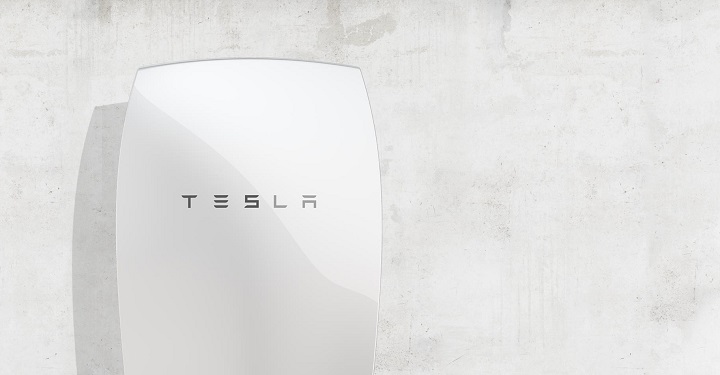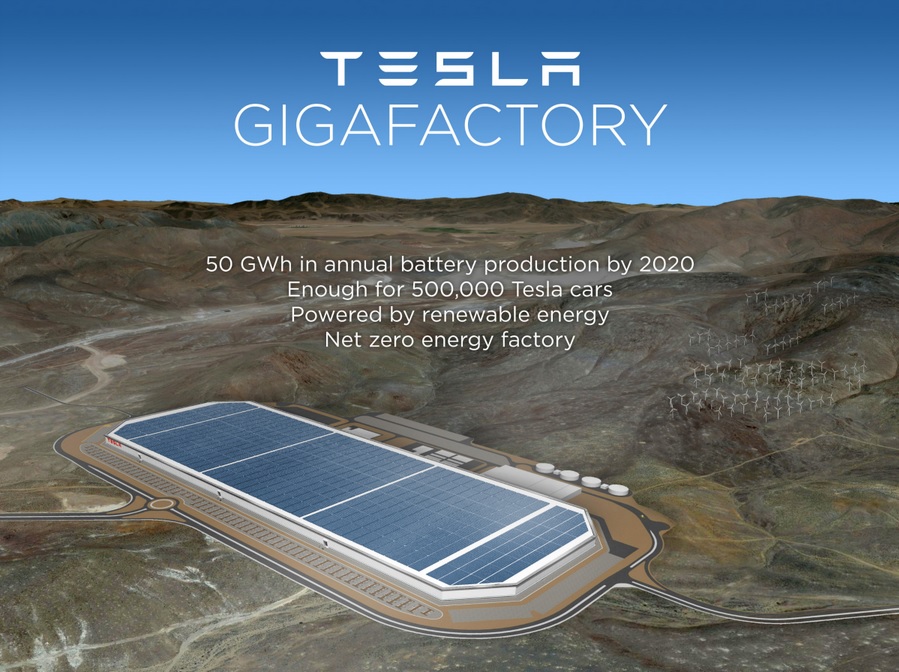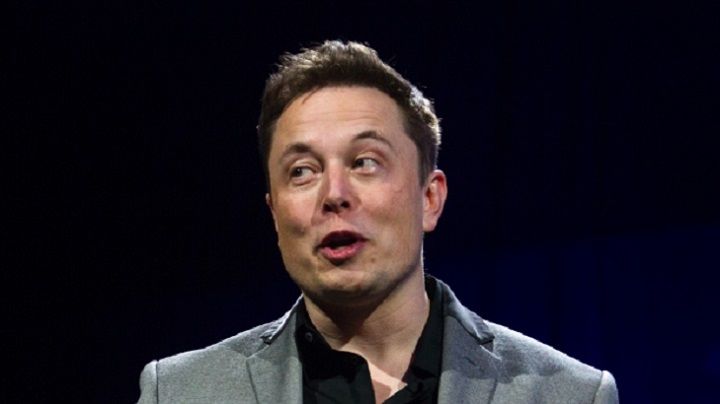
Elon Musk has been at the forefront of industry news for the past few decades. In addition to creating a private aerospace company to finance the development of reusable rockets (SpaceX), founding a renewable energy company specializing in solar technology (Solar City), and inventing PayPal, he is also the brains behind Tesla Motors - a pioneer in the field of electric cars.
And now, in his latest foray into the energy market, he announced a venture which could very well revolutionize the way we power our homes, offices, and even communities. It's known as the Powerwall, an industrial-scale, wall-mounted, rechargeable lithium-ion energy storage device that can be used to provide low-emmission electricity to residential and commercial buildings.
The announcement came on Thursday night, April 30th, at Tesla's headquarters in Hawthorne, California, where Musk held a press conference to detail his company's latest invention. Currently, there are two models - a 7 kWh version that sells for $3,000 and a 10 kWh version for $3,500. A kilowatt-hour (kWh), which is the equivalent of 1,000 watts of energy used over the course of one hour, is the most common unit when measuring electricity consumption.

The Powerwall is a wall-mounted, rechargeable lithium-ion battery that could be used to power homes and businesses. Credit: Tesla
According to a report from Environmental Defense, a typical family of four uses about 800 kWh a month, or about 27 kWh a day. This means that a single 10 kWh Powerwall could conceivably power a home for several hours, depending on what sorts of devices they family uses. However, multiple units (up to nine) can be used in the same house, concievably accounting for much of a family's needs.
As Musk explained it, the device was invented with home solar units in mind, giving owners the ability to store energy during daylight hours. This energy, which is collected during the hours when energy use is low, can then be tapped during the evening when demand escalates. The unit can also be used for "load sharing", a process where energy is stored during off-peak hours when energy prices are cheaper. The Powerwall can also work as a backup during power failures.
In Tesla's view, such a storage system could become part of a fossil-fuel-free lifestyle in which people can have solar panels on their roof generating electricity to power their home and rely on emission-free sources the rest of the time. Musk also envisioned the battery for use in remote areas of the world that lack an energy infrastructure, and likened their hopeful adoption to that of cell phones - which have made a big difference in developing nations where landlines and phone service were previously unavailable.

A Powerwall could concievably be stored in the garage, where it would be used to recharge an electric car. Credit: Tesla
Even more ambitious is the announcement of a 100 kWh battery block designed for large-scale commerical and utility applications, which can be grouped and scaled from 500 kWh to more than 10 MWh. Known as the Powerpack, this system would be able to produce a 2 or 4 hour continuous net discharge of electrical power using bi-directional inverters tied to the grid.
Musk went even further, saying a gigawatt power pack could power a small city, such as Boulder, Colorado, and cited an unnamed utility that is looking to create a 250 megawatt-hour facility using 2,500 Powerpacks. Doing the math, he went on to say that 160 million of Tesla’s power packs could power the US, and that 2 billion power packs could supply energy to the entire world.
“It’s designed to scale infinitely, to a gigawatt class or higher,” said Musk. "This is within the power of humanity to do. It’s not impossible, and we’re starting to do it with Gigafactory 1." This last reference was to the lithium-ion battery facility that Musk is currently having built at the Tahoe Reno Industrial Center in Storey County, Nevada, US.

Artist's concept of the Tesla Gigafactory, which is scheduled to open in 2017. Credit: greencarreports.com
This facility, which will be constructing both their car battery packs and the Powerwall, will be partially powered by Powerwalls itself - thus cutting the factory's overall consumption of power as it works to make their llithium-ion batteries cheaper.
Naturally, there are some who have doubts about the likely impact this invention is going to have. At a cost of $3,000 to $3,500 hundred dollars per unit, there is the obvious contention that this is merely a device for the rich looking to "go green". There are also those who challenge the notion that devices like the Powerall will never be able to replace conventional utilities such as nuclear power, since they rely on sources like solar that are intermittent.
However, these doubts are easily countered by pointing out that the Powerall has just been released and initial prices are sure to drop, especially when scalability and regular production becomes available. In addition, renewable energy has shown itself to be increasingly competitive with sources like hydroelectric, nuclear, fossil fuel and coal-power, which have been lagging behind in both efficiency and popularity in recent years.
In fact, last year the U.S. Dept of Energy claimed that the cost of wind power had reached a new low of 2.5 cents per kilowatt hour. And while the cost of solar is typically thought to be much higher, the UN Energy Information Agency estimates that solar will cost just 4 cents per kWh in the coming decades. This, at a time when nuclear power plants are closing all over the developing world because they cannot compete with renewables or have suffered catastrophic accidents (like Fukushima).
As to when these batteries will be available, Tesla indicates that it plans on shipping a limited number of Powerwall batteries in the U.S. beginning this summer before expanding into international markets next year. When Gigafacory 1 goes online in 2017, it will begin full-scale production, and a number of other companies will be distributing them as well.
And be sure to check out this video of the announcement, courtesy of Tesla motors:
Sources:
- www.teslamotors.com/powerwall
- www.gizmag.com/tesla-battery-powerwall/37283/
- www.cbc.ca/news/technology/tesla-powerwall-5-things-you-need-to-know
- www.forbes.com/sites/jeffmcmahon/2015/05/01/did-tesla-just-kill-nuclear-power/
- environmentaldefence.ca/reports/your-home-electricity-bill-study-costs-in-ontario
- www.extremetech.com/extreme/204702-what-the-tesla-powerwall-home-battery-means-inexpensive-time-shifting-for-solar-energy








